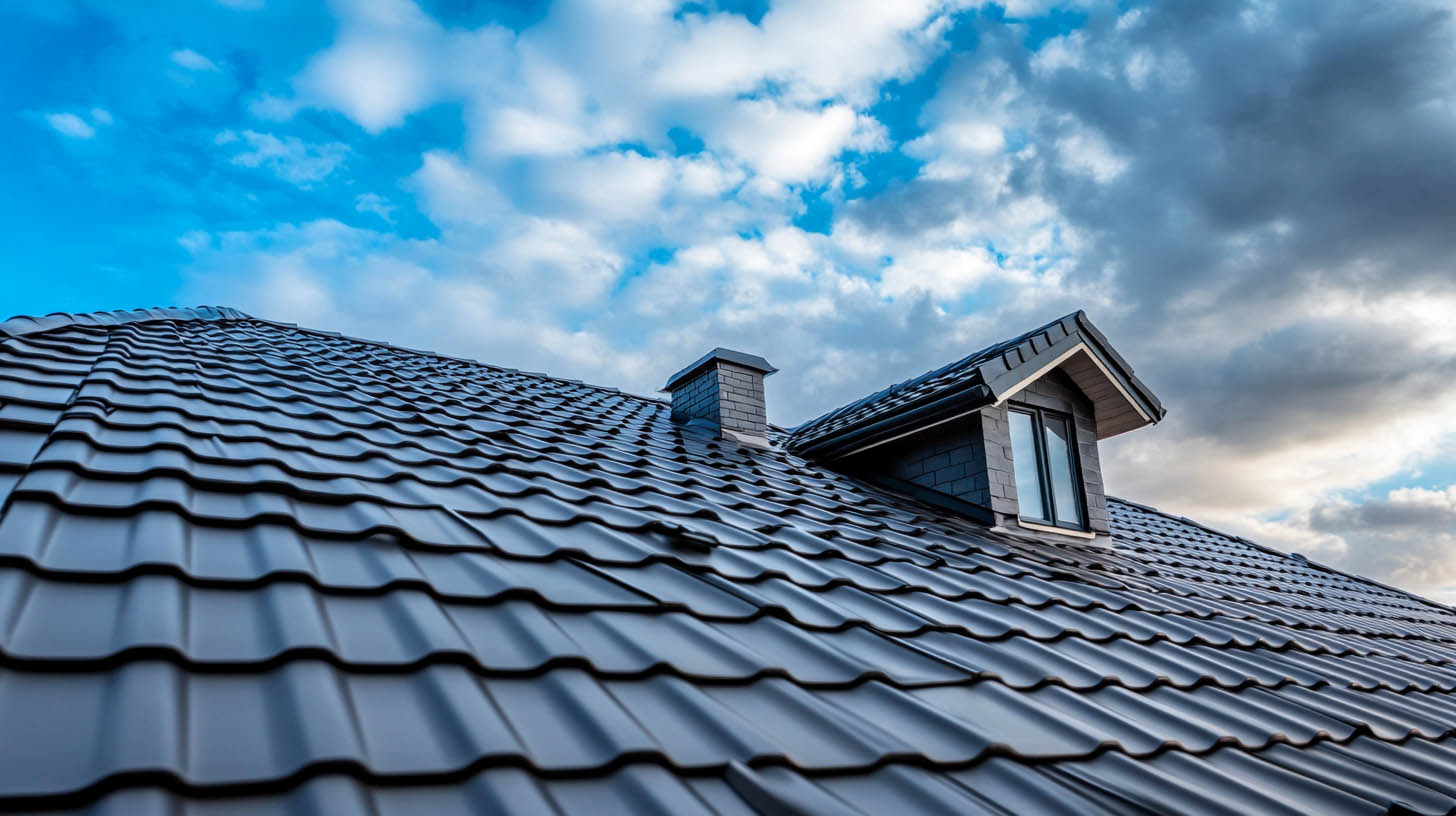
The lifespan of a roof varies significantly based on the material, climate, and maintenance. For homeowners in Charleston, WV, Rainstoppers Roofing offers expertise and quality craftsmanship to ensure roofs are built to last. Understanding the durability of different materials helps make informed decisions about roof installations or replacements.
Lifespan of Popular Roofing Materials
Asphalt Shingles
Asphalt shingles are widely used for their affordability and versatility. They come in three types:
- Three-tab Shingles: Offer a lifespan of 15–20 years but are less durable in extreme weather.
- Dimensional Shingles: These premium options last 25–30 years and withstand wind better than three-tab shingles.
- Luxury Shingles: Designed to mimic slate or wood, they boast a lifespan of 30+ years with high weather resistance.
Clay and Concrete Tiles
Clay tiles, known for their Mediterranean aesthetic, last up to 100 years with proper care. Concrete tiles are a cost-effective alternative, offering durability for 50–100 years while mimicking the look of clay.
Slate Roofing
Slate is a premium roofing material with a potential lifespan of 75–200 years, depending on its type:
- Natural Slate: Offers exceptional durability and weather resistance, often exceeding a century.
- Hard Slate: Lasts up to 200 years with minimal repairs.
- Soft Slate: Balances affordability with longevity, lasting 50–125 years.
- Synthetic Slate: More cost-effective but with a shorter lifespan of 20–50 years.
Metal Roofing
Metal roofs are ideal for diverse climates and provide the following lifespans:
- Standing Seam Metal: Lasts 30–65 years with proper installation and ventilation.
- Screw Down Panels: Offer durability for 20 years, extendable to 40 with regular maintenance.
Wood Shingles
Wood shingles provide rustic charm and durability:
- Cedar Shingles: Known for insect resistance, they last 30–50 years with proper care.
- Wallaba Shingles: Offer longevity of 35–60 years due to their density and decay resistance.
- Teak Shingles: Stand out for their high oil content, lasting 50–80 years with minimal maintenance.
Factors Influencing Roof Longevity
Climate Conditions
Roofing materials react differently to environmental factors like extreme heat, cold, or humidity. For instance, metal roofs excel in snowy climates by shedding snow easily, while clay tiles resist heat well.
Maintenance Practices
Routine inspections and timely repairs are crucial to extending a roof’s lifespan. Cleaning gutters, replacing damaged shingles, and checking flashing are essential steps.
Installation Quality
Poor installation can compromise a roof’s integrity regardless of material quality. Always work with certified professionals for optimal results.
Unique Insight About Roof Lifespan
Did you know? Slate roofs, dating back centuries, were first popularized in the 1600s. Many historic European buildings still showcase their original slate roofs, highlighting the material’s unmatched durability.
Frequently Asked Questions
How often should I inspect my roof?
Conduct inspections twice a year, ideally in spring and fall, to identify potential issues early.
What roofing material is best for long-term durability?
Slate and metal roofs offer the longest lifespans, while asphalt shingles provide an affordable, shorter-term solution.
Can maintenance significantly extend roof life?
Yes, regular upkeep like clearing debris, sealing leaks, and replacing damaged components can extend a roof’s longevity by several years.
Conclusion
Understanding how long roofs last helps homeowners plan for maintenance or replacement. Factors like material type, climate, and upkeep play significant roles in determining a roof’s durability. For expert roofing services backed by a five-year warranty, trust Rainstoppers Roofing in Charleston, WV, to provide solutions tailored to your needs.To discover how to fix a leaking roof quickly, click here.
